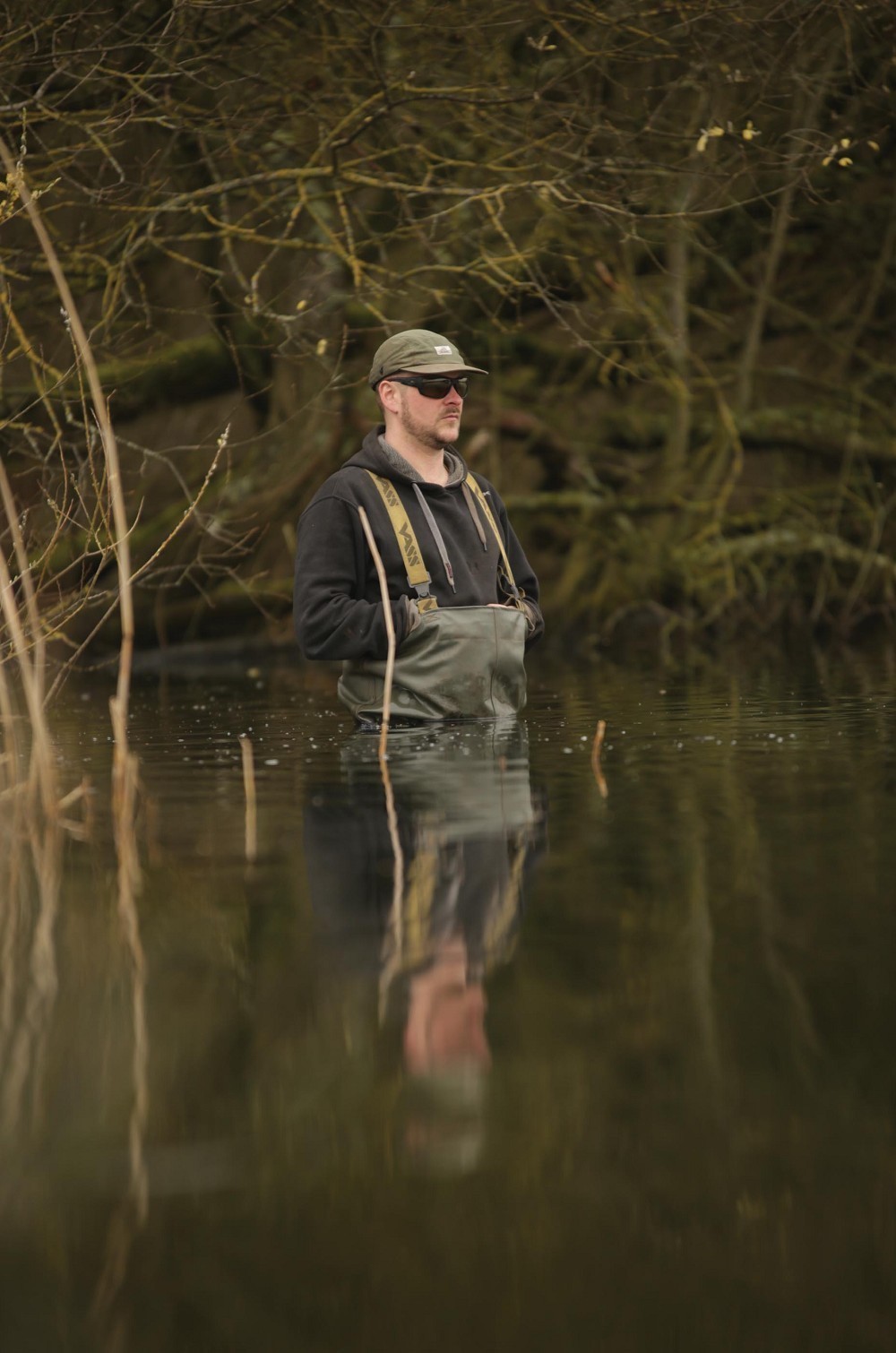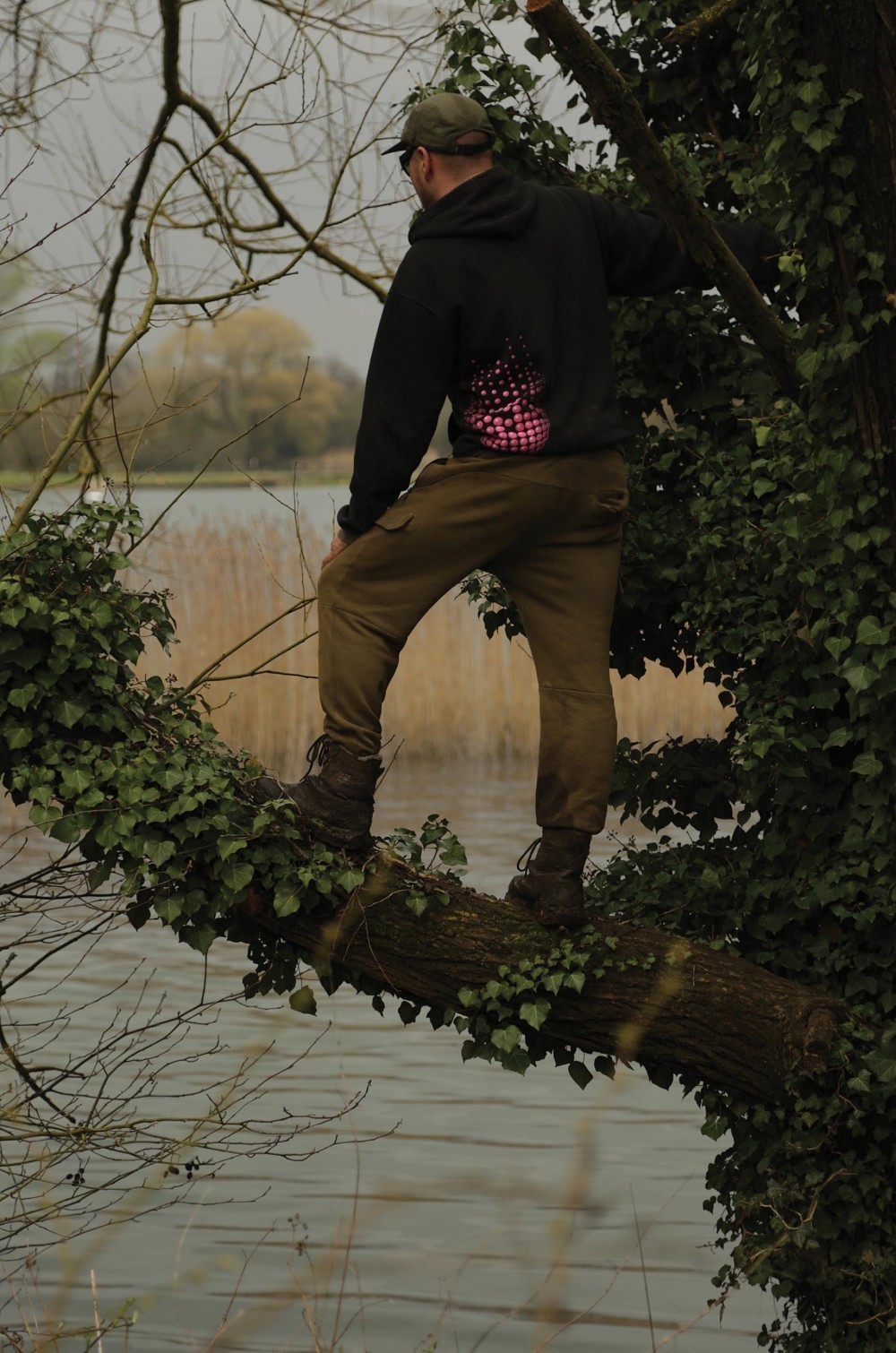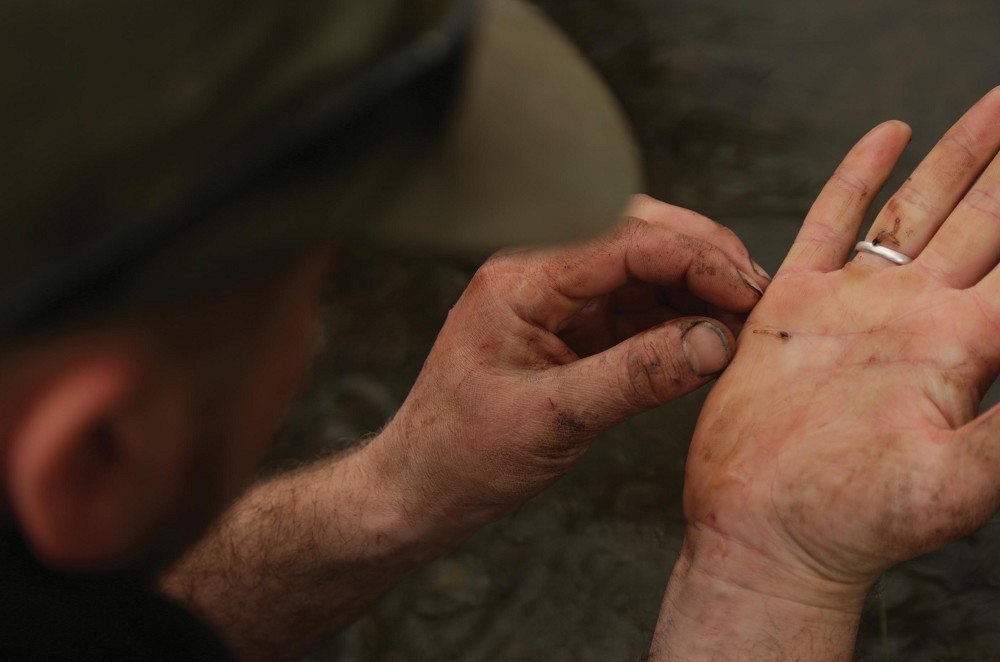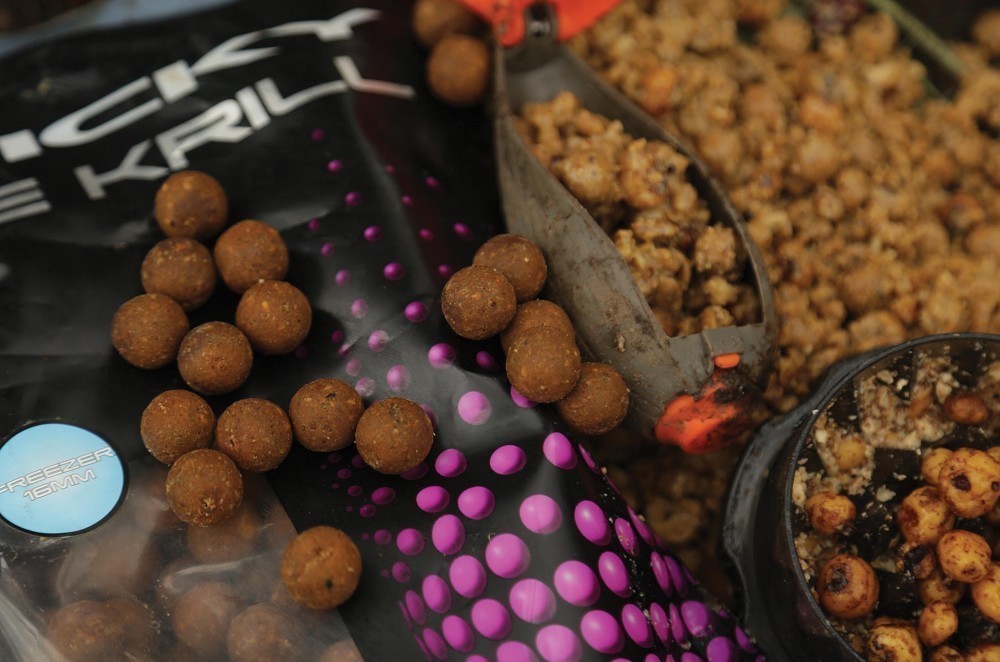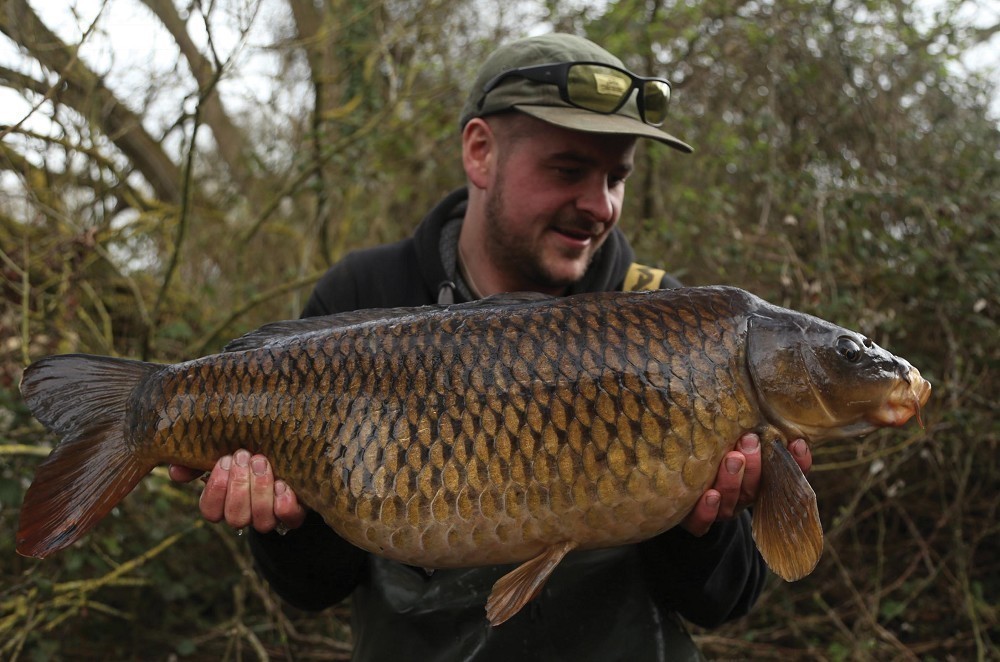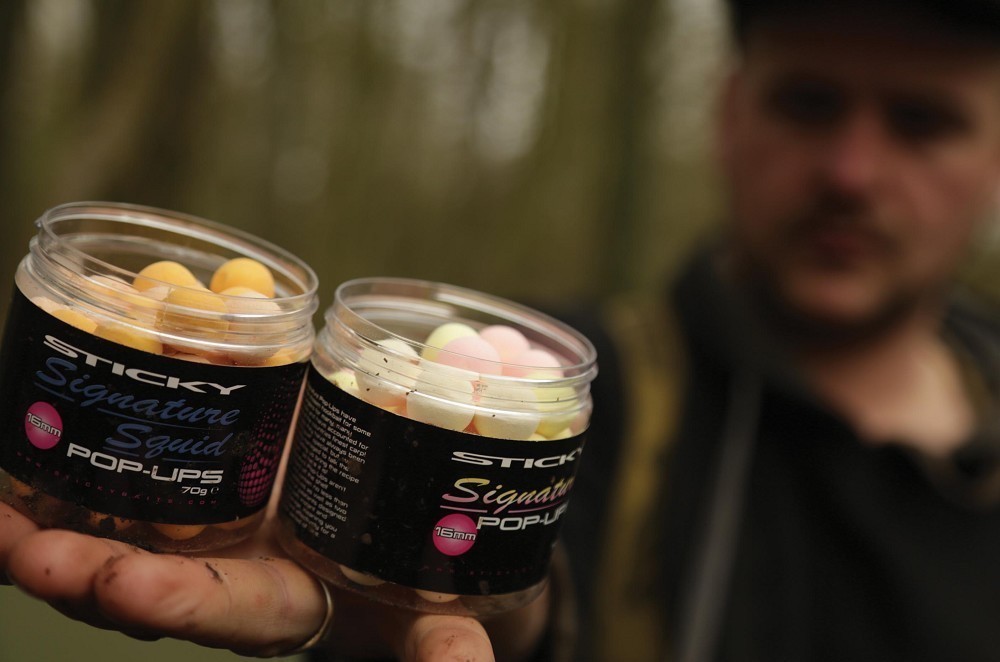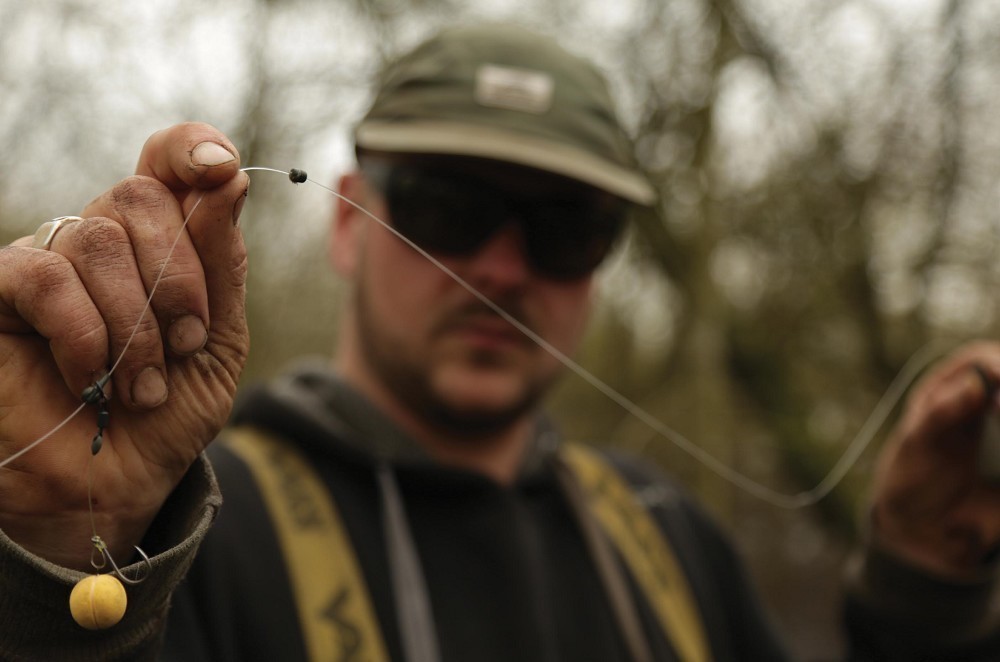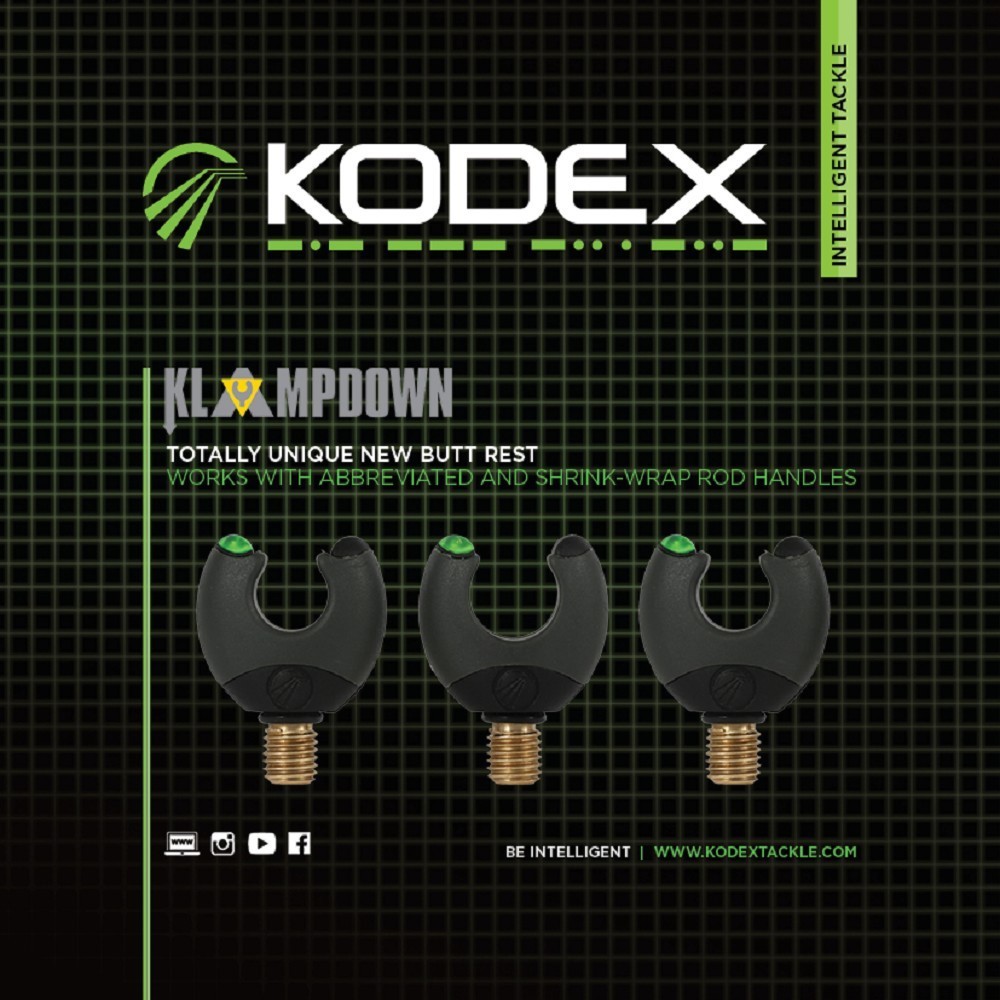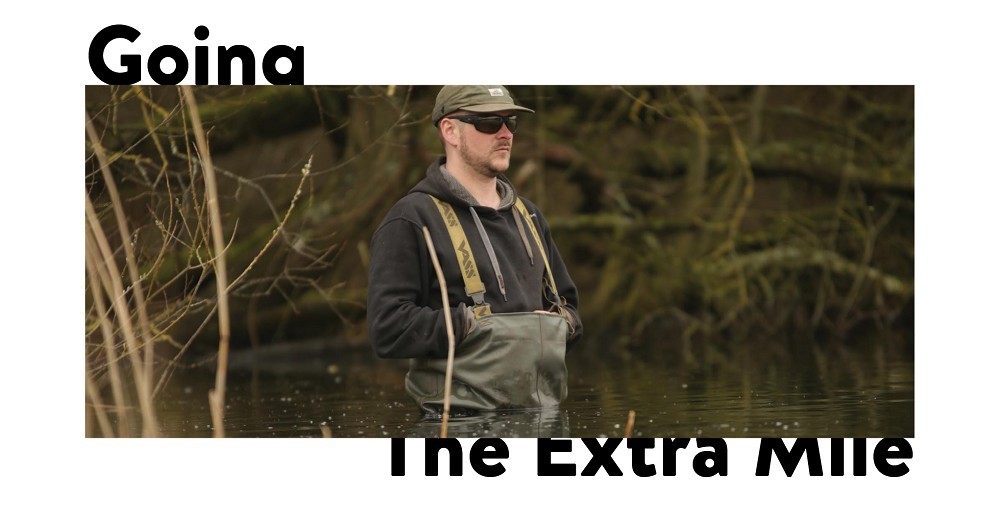
Scott Lloyd's top tips for tracking down carp
Scott Lloyd is no stranger to effort
All of my fishing goes on what I see and I don’t like getting into ringing people for information, details of spots etc. I like to be at the lake to react to what the carp are telling me. If you look hard enough, the carp will tell you what they want and you can fish accordingly.
If I see one show, I make a mental note or even take a picture. Having that horizon marker logged and recording the rough distance of each show is imperative to working out what they’re doing. Just by studying the way that they show will tell you what they’re doing. If they’re random, splashy shows with no real consistency, they’re likely to be just joyful displays up in the water, or they could be on a hatch. If the shows are to their gills, with them gently sliding up and down on the same area or spot, then they’re more than likely feeding. By watching them, you can formulate a plan as to how you’re going to fish for them.
Session breakdown
When I do go, I’ll get a few nights to fish. Often it can be three nights, but I break it down into 12hr sessions. Quite often the fish are very mobile and get around the pond and I’m forever chasing them down. There are times when a swim is on fire and they’re holding out in an area, so I sit on my hands, but quite often the fish are moving and I go with them.
Particularly on the bigger pits, if you’re not on them, there isn’t enough bait in the world that will get them to turn around and come back. If they aren’t there, you’re not catching them and so I try to put myself in the best position possible, which is on the fish; this is the case where I’m fishing now. If I’d have just sat on my hands, I probably wouldn’t have caught anything. However, by moving each morning I finally managed to get on them and present some rigs, which resulted in a capture. On these low-stocked lakes where there are only 30-odd fish in over 50-acres, location is everything.
I spend most of my time looking, watching the lake from a good vantage point or getting up trees to see if they’re close in. Sometimes the fish are not showing, so you have to go the extra mile to seek them out. Taking detailed notes of the weather conditions and how the fish behave on certain fronts is key. If they like a small bay when it’s warm and off the back of the wind, and if these conditions are prevalent when I next arrive, then that’s where I look first. Keeping notes and building a mental picture of their habits will make location a lot easier. I always check the quiet areas: spots that don’t get fished often and even if the fish don’t show there, by getting up a tree it’s often clear that they frequently visit them.
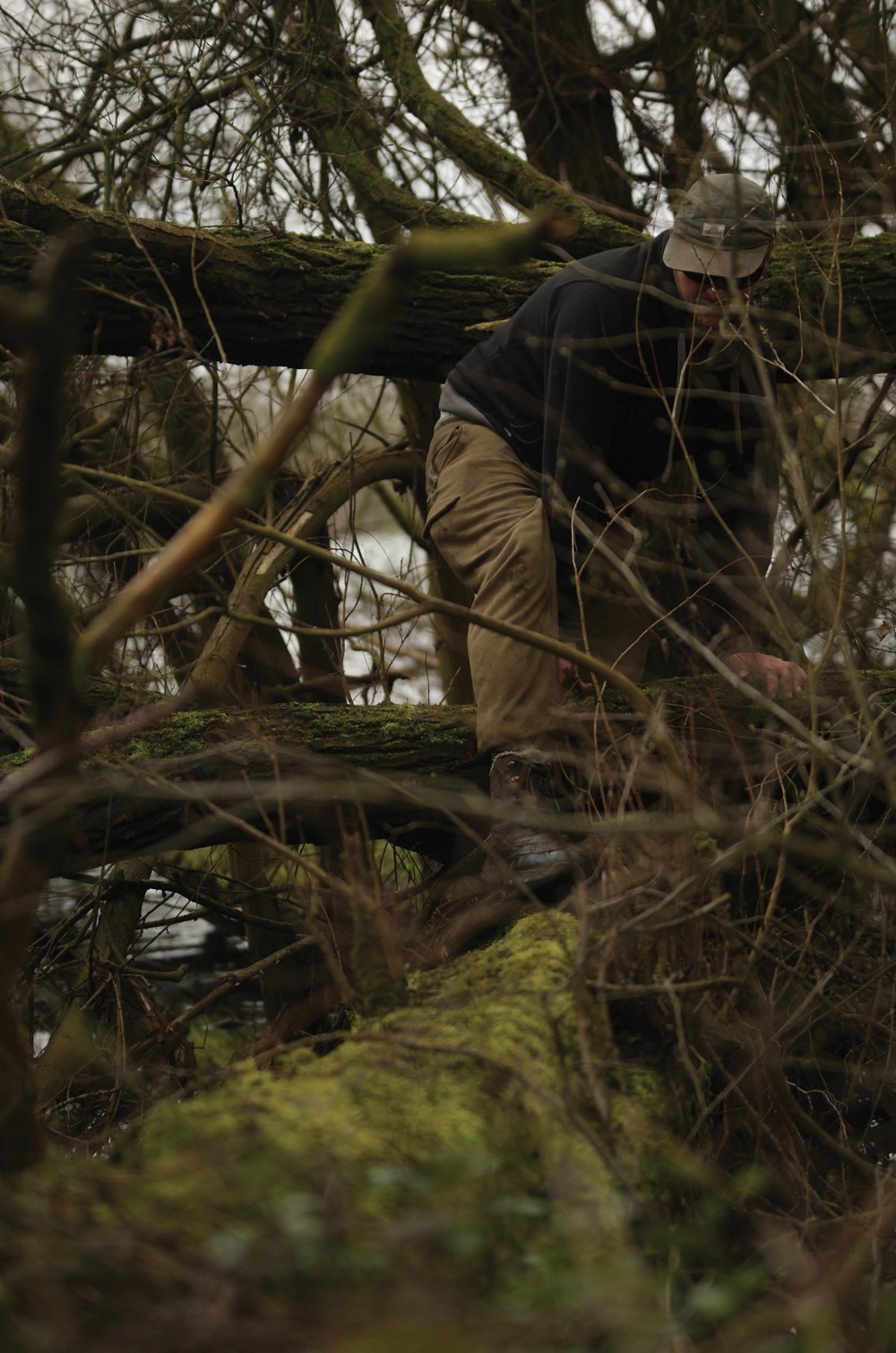 he awkward viewing spots are often the most rewarding Middle Keep an eye on the hatches, particularly in the spring
he awkward viewing spots are often the most rewarding Middle Keep an eye on the hatches, particularly in the springIf I find fish showing and think there’s an opportunity of a bite, then the easiest, quietest and most effective way of getting rods in position is with Chod Rigs. They’ll always be fishing and especially when used with bright, smelly baits, can often bring a quick bite. One trick that I’ve found that works well is to cast the rods out either side of the fish first, then save the last one that’s going bang-on the show until last. I’ve found that if you do spook the fish from the cast, quite often the rods fished 15yds either side of it are likely to get a pick-up. This happened last week; the rod that did the bite was the one furthest away from the fish and I think it picked it up after being slightly pushed off of where it was initially.
Single approach
Not many anglers are happy to fish with single hookbaits, but with how attractive they are, the fish know they’re there. If they’re in an area feeding, they’re there anyway and don’t need more food to keep them there.
I do introduce bait, but more for prepping areas. I try and glean as much information about the topography of the lakebed as possible. If the fish showed in an area one morning and I’ve tried singles but it didn’t work and the fish moved, then before I go chasing them I’ll have a lead around and see what’s out there. Once I’ve found a few areas, I’ll take a note of the conditions and will prep the area for the next time those conditions come in. If the fish are showing round a bar on a southerly wind with warm temperatures, and if the forecast is the same for the next trip, I’ll prep it with some bait.
Bait prepping
Depending on the spot, I’ll do it in different ways. If it’s an area, and not necessarily a spot, then I just introduce some boilies, either with the stick or the Spomb. If it’s an actual spot that I’ve found and have wraps for, I try and Spomb a mushy mix. The idea behind this is to give them lots of small food items, such as broken boilies, crushed nuts and plenty of liquid. The resultant cloud is really attractive to the carp and it’ll remain until something clears it. With small food items, it takes a lot for it to be eaten and in turn, will clean the spot even more, as I’ve seen so many times from a tree.
If the fish do turn up in a swim and show on a spot that I’ve mapped out, I can quickly wrap the rod and cast to that exact spot without having to go through the trouble of leading around again and potentially spooking them. I have loads of notes in my phone, all listing spots within certain swims, which is so important to me. I even screenshot them and email them to myself, just in case something happened to my phone. I put a lot of work into my fishing and if I didn’t document it, it could all be lost, and I wouldn’t feel like I’m really ‘learning the lake’.
If I’m baiting, I will of course do it where I see the fish, but try to do it in the quieter, neglected areas. If it is in a main swim, I try and get a spot going that’s away from where everyone else is fishing. It is hard nowadays with lakes being so busy, but the last thing you want is someone else capitalising on your hard work. Where I am now is a bit of a swamp and fishing from mud isn’t something that I enjoy. The fish were present though, and I know that 80% of the lads fishing it wouldn’t want to be in here. I’ve been living in my waders for the past two days, but I’m on the fish, and that’s most important.
Rig choice
I’m forever changing my rigs: switching from Chods to Hinges, bottom bait rigs and Zigs… my gear is always a mess! It’s tough and gets annoying and it’d be much easier to stick to one method, but I don’t feel that I’d catch as many fish.
I work hard at my fishing and regard work as my rest days. I come back from a session exhausted, and it’s because I’m putting everything in, in an effort to get on the fish. I’m up in the night listening, being awake just before first light so that I don’t miss a thing; that for me, is key. Having that morning coffee before the sun is up gets your concentration levels up, ready for spotting those vital signs…





